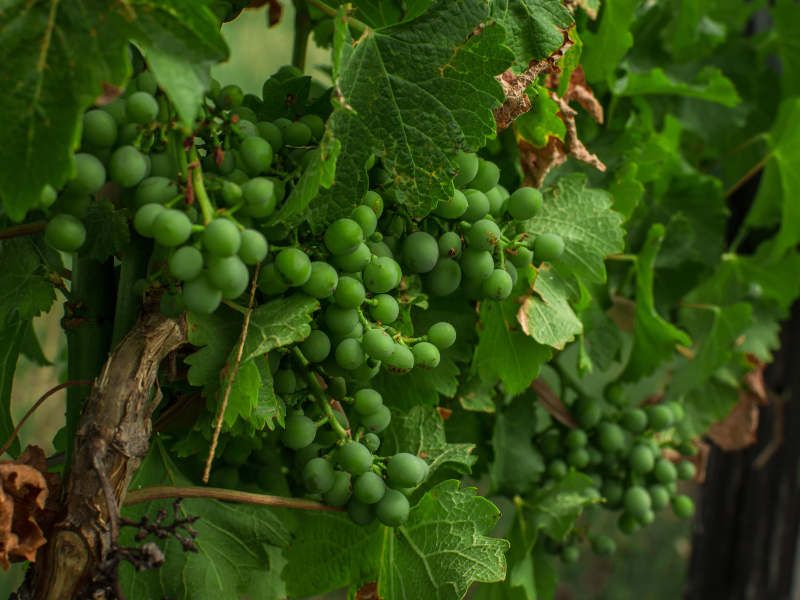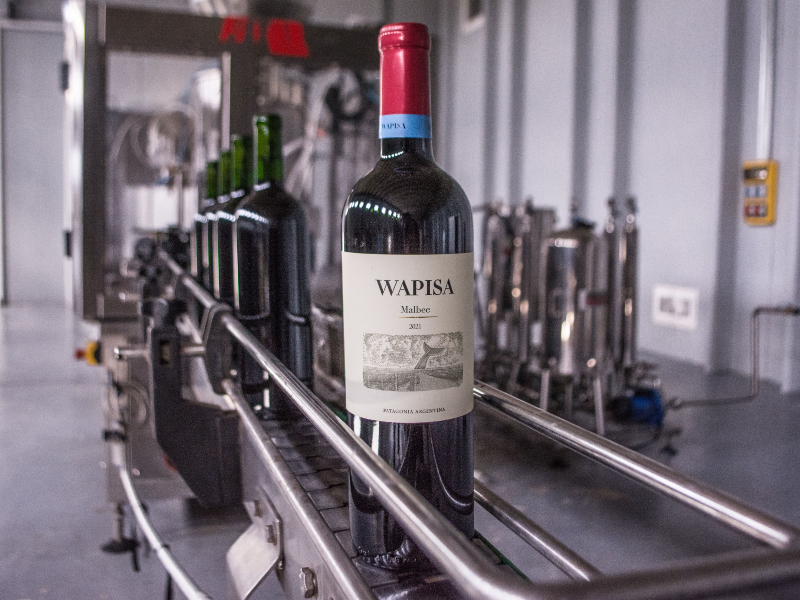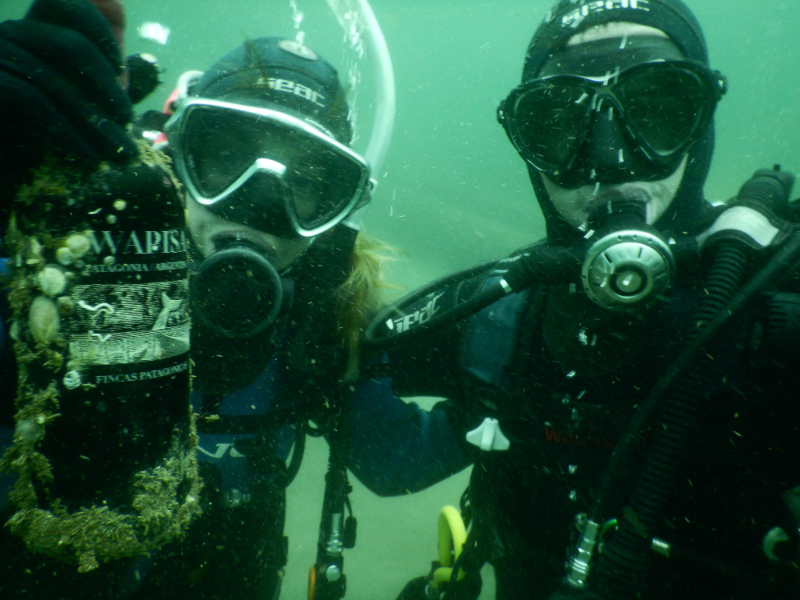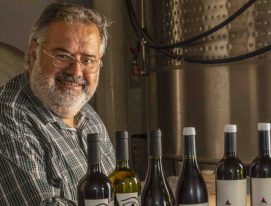Bodega Wapisa is a fascinatingly distinctive project in the world of Argentine wine that combines tradition with innovative approaches. Founded by Patricia Ortiz, one of the leading women in the industry with over 20 year’s experience in winemaking, Wapisa is part of the conglomerate Fincas Patagónicas along with the Mendoza wineries Tapiz and Zolo.
In an oasis located in San Javier, Viedma (Province of Río Negro), very close to the Rio Negro basin and just twenty miles from the Atlantic, Wapisa take full advantage of the seaside climate in their winemaking. Under the slogan “the concept starts at the vineyard”, the ongoing quest for quality and elegance is what guides Patricia Ortiz and her team, which includes an oenologist from Petrus in an advisory capacity and her son, who is in charge of vineyard consulting. Wapisa means “whale” in Yámana, the language of a local indigenous community.
Patricia Ortiz: Wines from the sea

The Los Acantilados estate spans 120 hectares and houses a range of different varieties of grape, focusing on the production of Sauvignon Blanc, Pinot Noir (a local specialty), Malbec and Merlot. Every year they produce 300,000 liters and they are expanding their capacity by 100,000 liters more with concrete vats.
The region’s maritime character coaxes a unique combination of flavors from each variety, producing fresh wines in which the reds offer mentholated notes while the whites deliver salinity thanks to the ocean and the Patagonian wind. Patricia Ortiz emphasizes the importance of this climate for these wines and says that even the Sauvignon Blanc has some of the flavor from the sea, a detail that comes out clearly during tastings, which describe spicy notes, a solid structure and generous flavors.
The ocean climate, with its low temperatures and intense wind, produces wines with lower sugar and alcohol content. The loam in Patagonia, which is made up mostly of limestone and clay, offers notable acidity and little organic matter. These factors combine to produce oceanic wines with strikingly vivid aromas, balance, mineral characters and clear-cut flavors that are quite different from wines from mountainous regions.
Quality and innovation

Innovation at Wapisa really comes to the fore with the concept of sea aging: Wapisa Underwater is a project that makes use of the proximity of the sea to age 500 bottles in stainless steel cages 10 to 15 meters below the surface. Made with thicker glass with corks sealed with wax, the bottles spend time immersed in the ocean currents and thus in constant movement with surprising and novel results.

The originality of the project has not just caught the eye of winemakers but also scientists studying the effects of ocean currents on the wine, while also making for an attractive excursion for tourists. “We were very pleased that the project had educational, scientific uses beyond the wine itself. And tourists are coming too. The divers take people on excursions to see the cellars. I keep telling local people and the tourist authorities, “you need to run with this, you need to dream big,” says Patricia.
Wapisa and the community
In addition to oenological excellence, the winery is also firmly committed to sustainability and social responsibility. From reforestation with autochthonous flora to projects working on improving self-esteem and communicating ancestral knowledge like a couple being run by traditional Bolivian garlic harvesters and llama-wool weavers, Wapisa are heavily involved in the community and its environment. Their commitment to proper waste management is shown in how they professionally recycle all the harvest by-products, an area in which they are pioneers.
At the heart of the winery, the convictions of Patricia Ortiz and her team are almost tangible: the ceaseless striving for quality, elegance and a desire to reflect and share the essence of Argentina through their wines. “The important thing is for people to talk about Argentina,” says Patricia, with just a hint of national pride.



